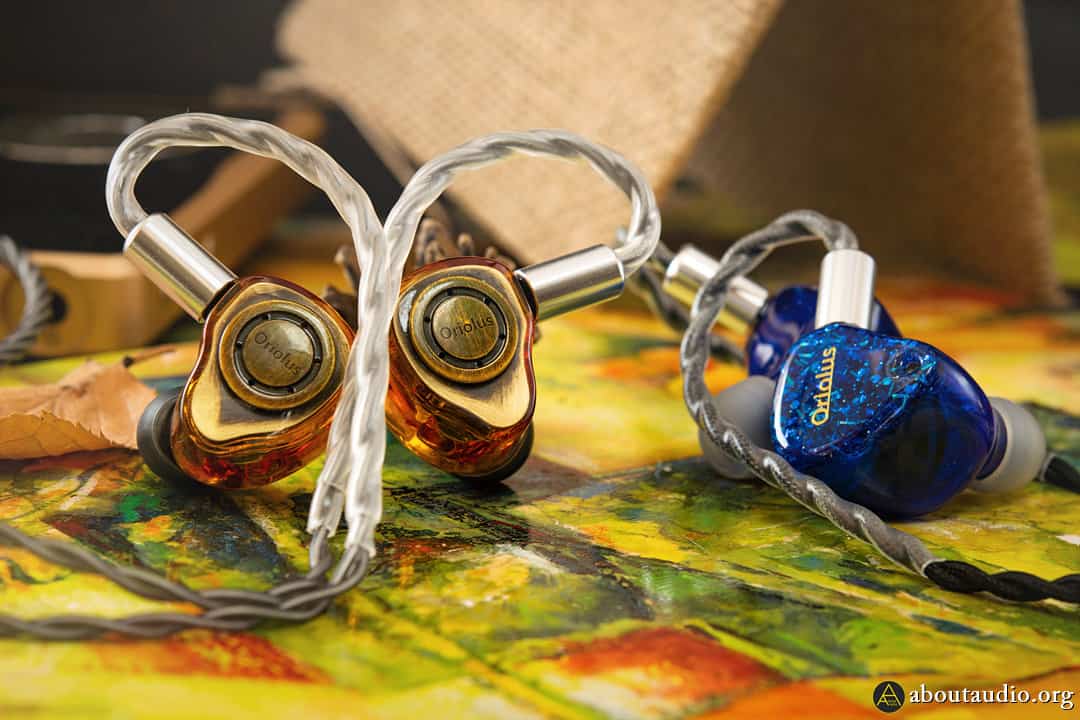
Sound Impressions: Low-ends
Szalayi has an energetic, gently w-shaped sound signature. The bass quantity is just about V-shaped or 30% elevated from flat. The bass quantity isn’t particularly hardcore, yet the overall performance of the bass is nearly as equivalent to the basshead level. The color of the bass, size, depth, and ultra-low extension are thoroughly satisfying.
Another charm of Szalayi’s bass is the elastic dynamics. With agility, the bass drops deep and tight. While Szalayi has a thick-bodied and large bass, it doesn’t leave behind many reverbs. Szalayi keeps the sub-bass rumble steady and deep down to the ground. It’s a type of tuning that defers bass booming and allows cleaner presentation for the mid-highs. Szalayi’s tuning allows the bass grooves to stay vivid while the vocals sing clean as a reference IEM. If you prefer a bass that gets in your face and hits you in the nose, Szalayi’s bass positioning may feel a tad lacking. Though if otherwise, Szalayi’s strong yet well-controlled bass will only be pleasing to listen to.

Sound Impressions: Mid-range
The timbre and texture are some undeniable strengths of Szalayi. Vocals have a refreshing tone imbued with a spacious, airy tone. Planar drivers that are tuned to have a revealing sound are prone to having a stiff and sibilant sound, yet that isn’t the case here. Due to the refined tuning, Szalayi shows a steady flow on the vocals with natural timbre and texture. What I particularly like about Szalayi is the texture feeling dry and smooth at the same time. Or I should just say it is dry, but not a type of dryness that feels rough. It’s a dense, evenly distributed dryness that allows the vocals to pop in resolution and details. Szalayi’s is worth being considered as a monitoring IEM due to this nature.
But as most monitoring IEMs do, this also means that Szalayi needs to be paired with music that is recorded in good quality, as these IEMs won’t hide the flaws of the music source. Vocals are moderate to lightly thickened in body, neither being thick nor thin. Vocals show good fullness and agility that live up to its price tag and its competitors. Szalayi has gently bright vocals that desire an open-ended, refreshing tone, so keep this in mind if you prefer a dark and warm sound. Szalayi has done a fine job preventing the vocals from getting hot or fatiguing, so most users will be able to tune in just fine.

Sound Impressions: Highs, etc.
When I first looked into Szalayi’s spec sheet and driver info, the treble performance was a concern for me; using a massive driver for each low and mid, yet only a single BA for the trebles? While I had my doubts, I was impressed with the treble performance once listening to them. Highs are slightly lesser in quantity but don’t get overshadowed by lows and mids. Szalayi plays crisp, clean trebles that are high in resolution. The custom BA tweeter does a fine job handling music that is technically demanding on the trebles. Highs have a good body with well-separated textures, not just spilling out in one lump as some 1BA drivers do.
The custom BA tweeter generates enough treble presence and brightness that further builds up the openness started from the planar drivers, ultimately creating an expansive headroom for the upper frequencies. Highs have a relatively smooth and moist texture, which well compensates for the dryness of the planar driver. Overall, highs offer a clear sound that is fatigue-free to listen to. The soundstage is large and roomy but to the point of being grand. The deep, vast bass along with the expansive and resolution-focused vocals are the main players in creating the large headroom, and the treble is the cherry on top that gives refined sparkles to add the finesse to the music.

Compared to Oriolus Isabellae (Review link)
Let’s bring up another family of Oriolus that is within a similar price range, the Oriolus Isabellae (1DD). Isabellae has a creamier, natural timbre that focuses more on the low-mid body and fullness. In comparison, Szalayi has a more reference and flatter sound signature that highlights fewer bass reverbs to reserve a cleaner stage for the upper frequencies. The vocals still have a neutral-thick body but not as thick and full as Isabellae. However, Szalayi’s vocals are more revealing in texture details and resolution, making it an ideal tuning for those who want upper-end airiness without sacrificing much on the mid-range body.
Another major difference between these two is the texture. Szalayi has a crisp, a tad dry texture for the high-resolution feel while Isabellae has a more musical, smooth texture. Finally, Isabellae and Szalayi offer a different style of soundstage. Isabellae feels more like an enclosed yet roomy environment whereas Szalayi feels gently open-ended.

Verdicts: Oriolus’ Way of Clarity
Oriolus found a clever way how to bring out a linear and open field while still sounding full and rich in low-frequencies. The sound of Szalayi is a harmonious blend of strong bass, resolution-aggressive vocals, and open-ended trebles. This sounds like a recipe that could easily create a chaotic, superficial sound, yet Oriolus has well managed the tricky task of making each frequency complementary to the others, resulting in a dazzling, rich sound signature.
More importantly, Szalayi still brings out a generous amount of musicality to prevent them from sounding fatiguing. Overall, Szalayi is priced quite competitively as it offers a great feel of what summit-fi Oriolus IEMs have to offer, at a fraction of their prices. If you’d like to experience the fine-tuning of Oriolus under a $1k budget, do check these out.



